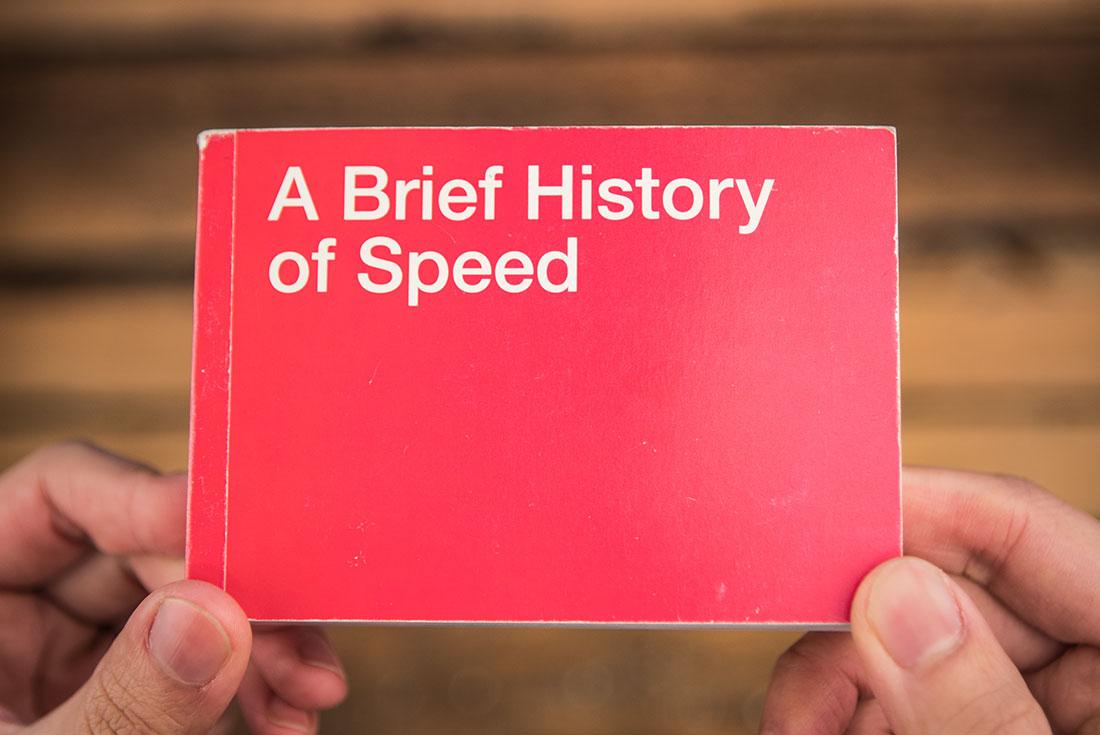Sneaker Book Club: A Brief History of Speed
Welcome to the first instalment of the Sneaker Book Club, where we share some interesting tomes of anything and everything covering footwear. The only stipulation is the books have to be in print format, as we’re romantics for flicking through pages in our hands. We talk shoes all day, put it on the Internet, and also on paper. You’ve already bought , right?
First off, is A Brief History of Speed, published by in 2004 to coincide with the Genealogy of Speed exhibition. It’s quite a rare little book – it doesn’t pop up for sale often, and very little information is available about its production. Guess who got their hands on a copy though? Yours truly.
Outside of the usual Nike sneakers that have been covered ad nauseam, there are some lesser-known models featured in the book.
